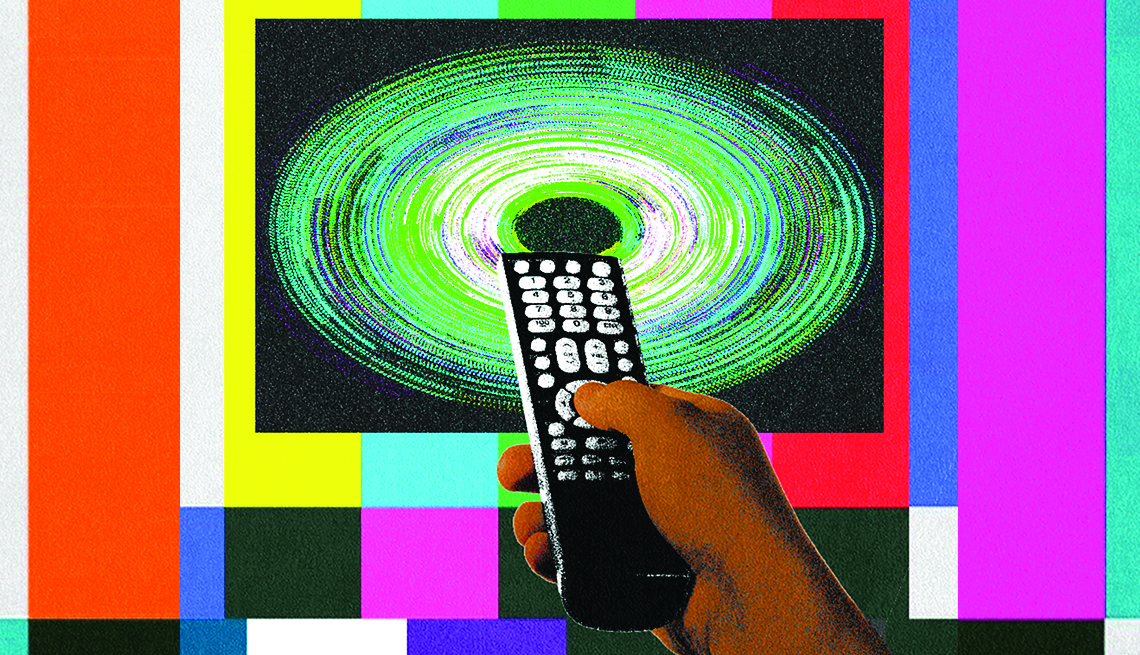
Over-the-air tv signals bright future
- Select a language for the TTS:
- UK English Female
- UK English Male
- US English Female
- US English Male
- Australian Female
- Australian Male
- Language selected: (auto detect) - EN
Play all audios:

In the rush to sign up for cable TV and then video-on-demand services such as Amazon Prime Video, Disney+ and Netflix, you may have forgotten that you can still use an antenna to view TV. In
fact, over-the-air TV reception has been getting better. Thirteen years ago, those TV signals changed from analog to digital, allowing for high-definition broadcasts. Now a new standard
called Next Generation TV is about to revolutionize our viewing experience — great news if you’re a cord-cutter who has ditched cable. Here’s what you need to know. WHAT IS NEXT GENERATION
TV? This new over-the-air standard delivers higher quality 4K video and clearer Dolby audio, which can make it easier to understand dialogue in shows and movies. In addition, more consistent
volume means that commercials won’t scream at you and background noise gets tamped down, which allows that dialogue to stand out. NextGen TV, also called ATSC 3.0, can also deliver
television to your phone or tablet or car if you have a device that can receive these signals. ATSC stands for the Advanced Television Systems Committee, a Washington-based nonprofit
organization that includes more than 100 international broadcast equipment and TV manufacturers, broadcasters, cable, motion picture, satellite and semiconductor companies. It has been
around since 1982. In the first version of ATSC standards, in 1996, over-the-air TV and internet were separate. The second version was to allow for some mixing of TV and internet but became
outdated before it launched. ATSC 2.0 was folded into the third version, in which broadcast TV becomes a part of the wireless internet. IS NEXTGEN TV AVAILABLE IN MY AREA? It might be. About
half of U.S. households now have ATSC 3.0 signals being broadcast to them, and that’s supposed to increase to three-quarters of households by summer’s end, according to ATSC. The TV markets
now targeted for NextGen TV cover 80 percent of U.S. households. As of June 1, 55 of the country’s 210 television markets had at least one station broadcasting NextGen TV signals, with
another 20 scheduled to start by the end of 2022. ATSC updates its map and list of markets regularly so you can check to see if yours is live.
